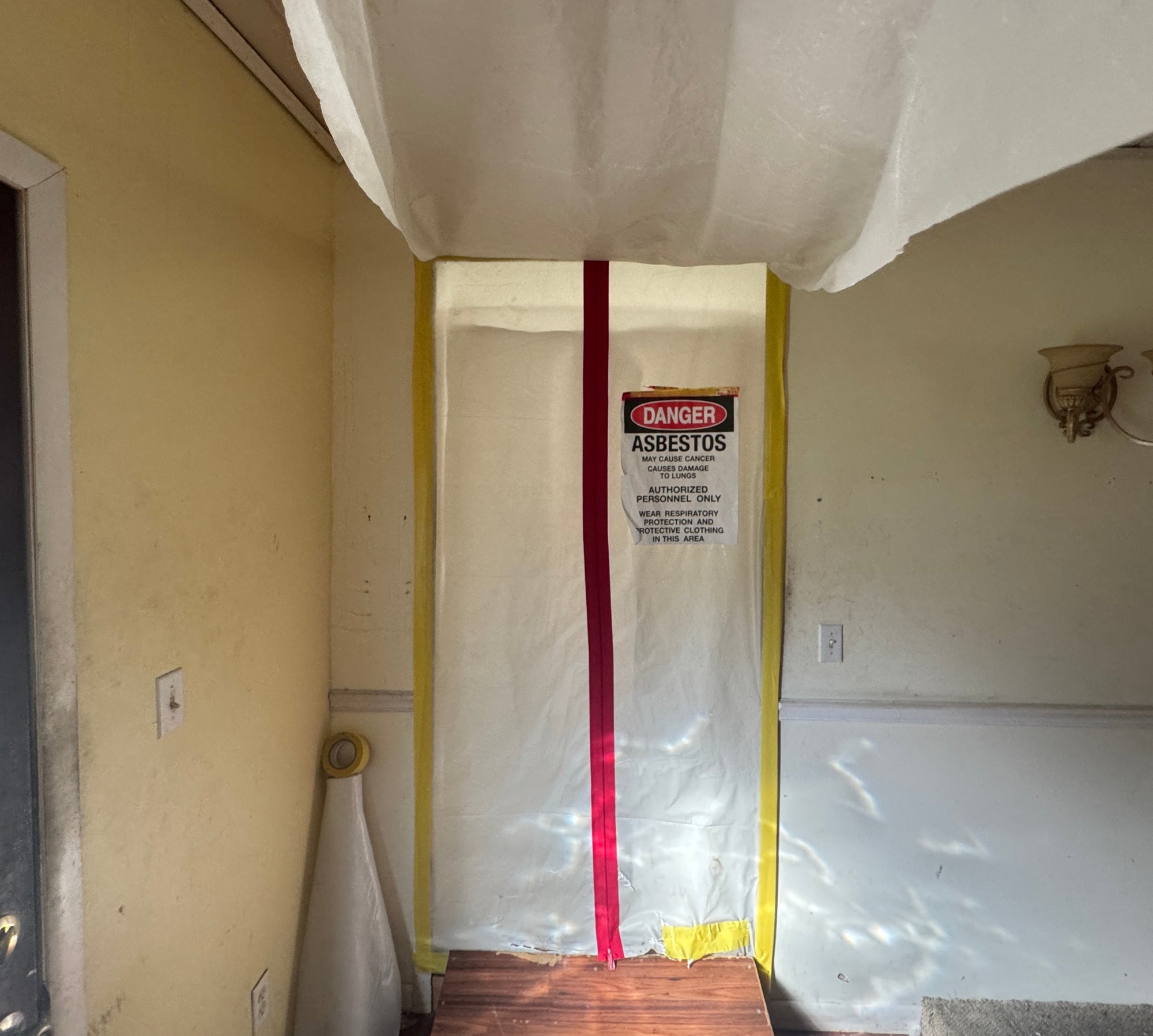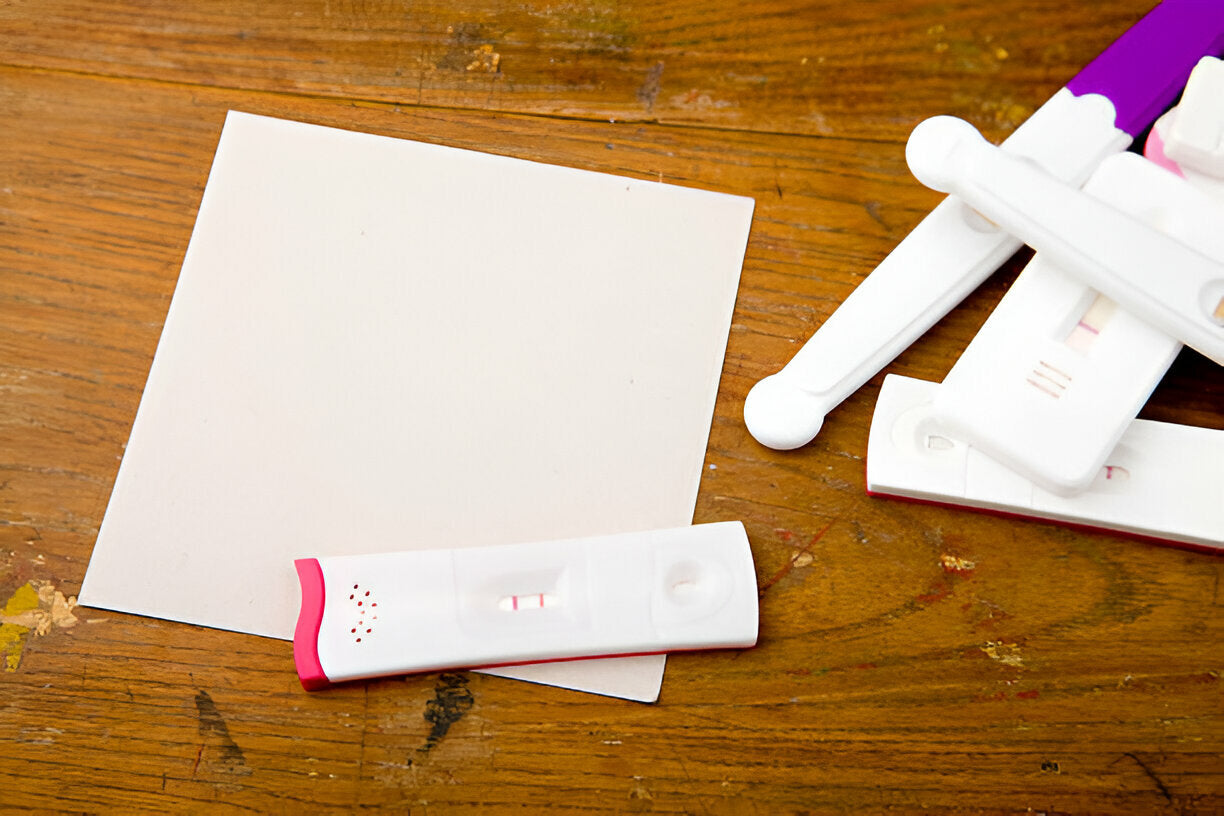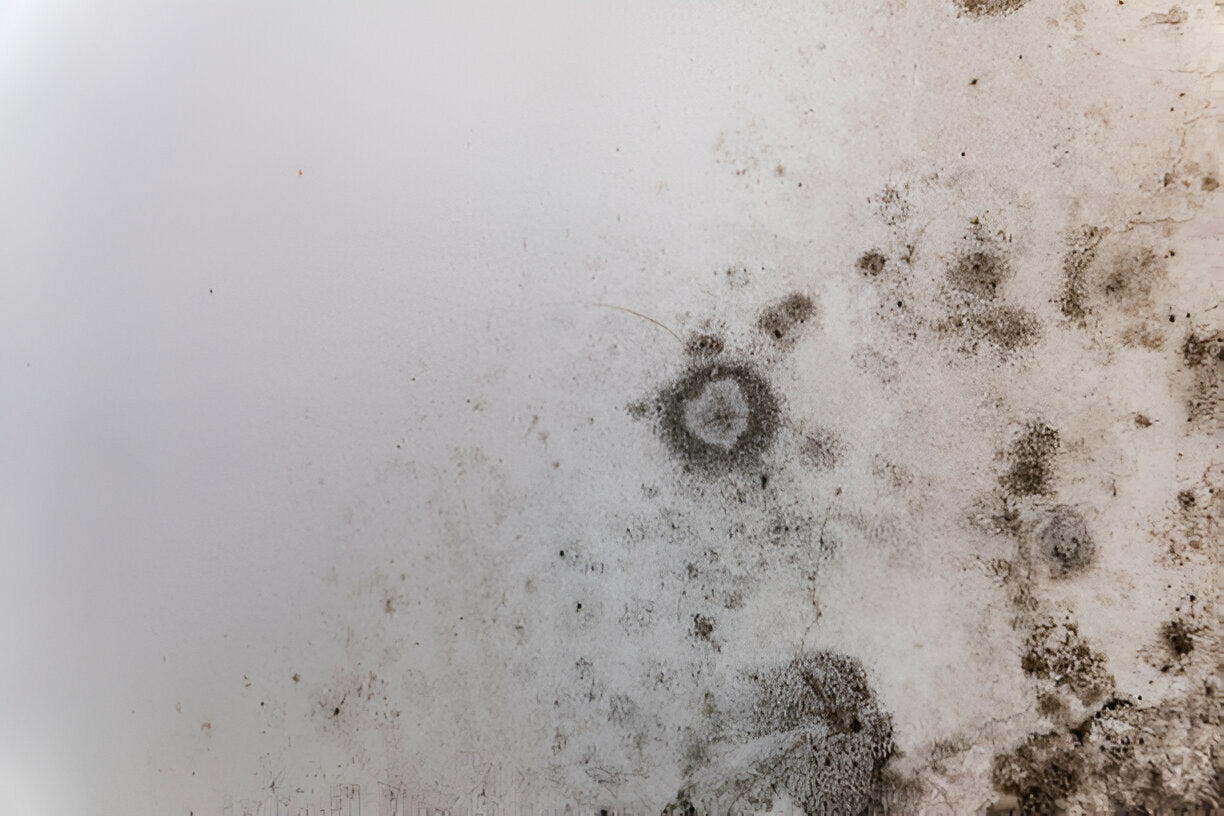Asbestos is a hazardous material that was once widely used in construction and insulation due to its durability and heat resistance. However, exposure to asbestos fibers can lead to serious health issues, including lung cancer, mesothelioma, and asbestosis. For homeowners, contractors, and professionals, understanding asbestos risks and knowing how to test for its presence is crucial to ensuring safety.
In this blog, we’ll cover what asbestos is, where it’s commonly found, the risks associated with exposure, and how to properly test for asbestos in your home or workplace. We’ll also provide information on how MycoTest can assist you in identifying potential hazards through DIY asbestos testing kits.
What is Asbestos?
Asbestos is a group of naturally occurring minerals that were once widely used in a variety of products for their strength, fire resistance, and insulation properties. While the use of asbestos has been largely banned in many countries due to its health risks, it can still be found in older homes and buildings constructed before the 1980s.
Common Places to Find Asbestos
Asbestos was often used in:
- Insulation: Pipes, attics, and around boilers or furnaces.
- Flooring: Vinyl tiles, adhesive, and underlayment.
- Roofing: Shingles, siding, and cement products.
- Popcorn Ceilings: Textured ceiling treatments in older homes.
If your home or building was built before the 1980s, there’s a chance it could contain asbestos in these areas.
The Health Risks of Asbestos Exposure
When asbestos materials are disturbed, tiny fibers can be released into the air, which can then be inhaled. Prolonged exposure to these fibers can lead to serious lung diseases, such as:
- Asbestosis: A chronic lung condition that causes scarring of lung tissue.
- Lung Cancer: Asbestos exposure is a leading cause of lung cancer.
- Mesothelioma: A rare and aggressive cancer that affects the lining of the lungs, abdomen, or heart.
Asbestos-related diseases typically develop after long-term exposure, but even brief exposure to high levels of asbestos can be dangerous.
How to Safely Test for Asbestos
The only way to know if asbestos is present in your home or workplace is through testing. At MycoTest, we offer DIY asbestos testing kits that allow you to easily collect samples from potential asbestos-containing materials and send them to a certified lab for analysis. Our kits are designed to make the testing process as straightforward as possible, ensuring that you can protect your health without the need for costly professional inspections.
What to Do If You Find Asbestos
If your test results show the presence of asbestos, do not attempt to remove it yourself. Asbestos removal should always be handled by certified professionals who have the proper equipment and training to safely remove the material and dispose of it.
If you’re unsure about next steps, MycoTest can help you connect with experts in asbestos abatement and safety.
Conclusion
Asbestos may be an invisible danger in older buildings, but knowing how to identify and address potential risks is essential for your safety and health. With MycoTest’s affordable and easy-to-use DIY asbestos testing kits, you can take proactive steps to ensure that your home or worksite is free from harmful materials. Protect your family, coworkers, and clients by getting your environment tested for asbestos today.






